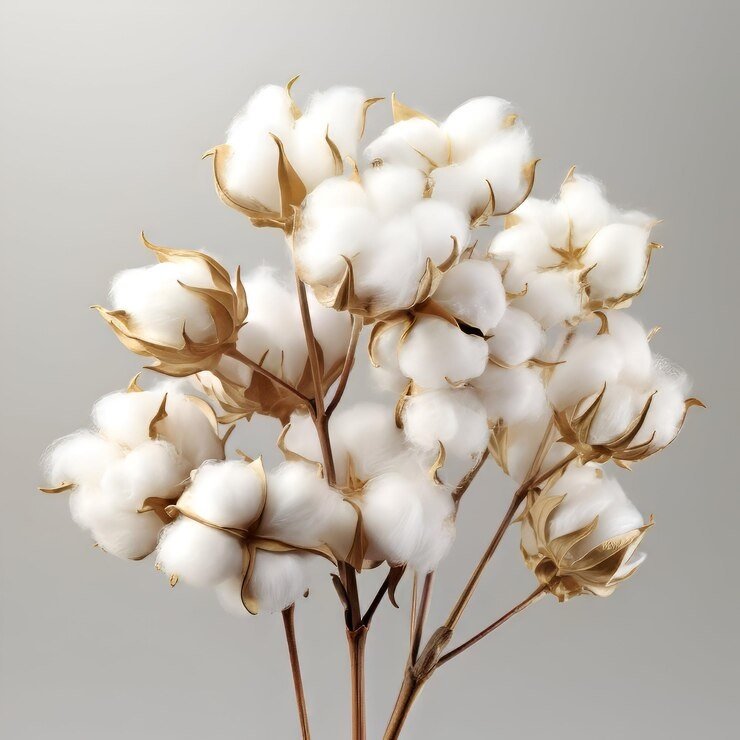Call for Balanced Cotton Pricing to Protect Farmers and Industry Competitiveness
20-Jun-2025 06:25 PM

Ahmedabad. The Cotton Association of India (CAI), a key body representing the cotton trade, has called for a balanced approach to cotton pricing that supports both farmers and the textile industry.
While acknowledging the need to ensure profitable and fair prices for cotton producers, the association stressed that rising Minimum Support Prices (MSP) should not compromise the global competitiveness of India’s textile sector.
The CAI pointed out that the MSP of cotton has been increasing sharply in recent years, which has started to put pressure on the entire cotton value chain.
For the 2025–26 marketing season (October–September), the Central Government raised the MSP by Rs 589 per quintal, setting the new support prices at Rs 7710 for the medium-staple variety and Rs 8110 for the long-staple variety. While this move aims to benefit cotton farmers, it has also made cotton-based products more expensive, affecting exports.
To address this challenge, the association suggested implementing a Bhavantar Bhugtan Yojana-style mechanism in the cotton sector. Under such a scheme, if farmers are forced to sell their cotton below the MSP due to market conditions, the government would compensate them for the price gap.
This would protect farmer incomes while allowing the industry to purchase cotton at rates that preserve global price competitiveness.
The CAI expressed concern that the high MSP is discouraging textile mills from purchasing domestically grown cotton.
As a result, domestic prices have fallen, and the Cotton Corporation of India (CCI) has had to procure nearly 100 lakh bales under the price support scheme.
Meanwhile, the international price of cotton remains lower, making imports more appealing for Indian mills—even with an 11% import duty in place.
According to the association, this situation has created a dual burden: an increased subsidy load on the government and reduced activity in domestic textile units.
Without a balanced pricing mechanism, the industry fears a long-term threat to both farm incomes and India’s position in the global textile export market.
